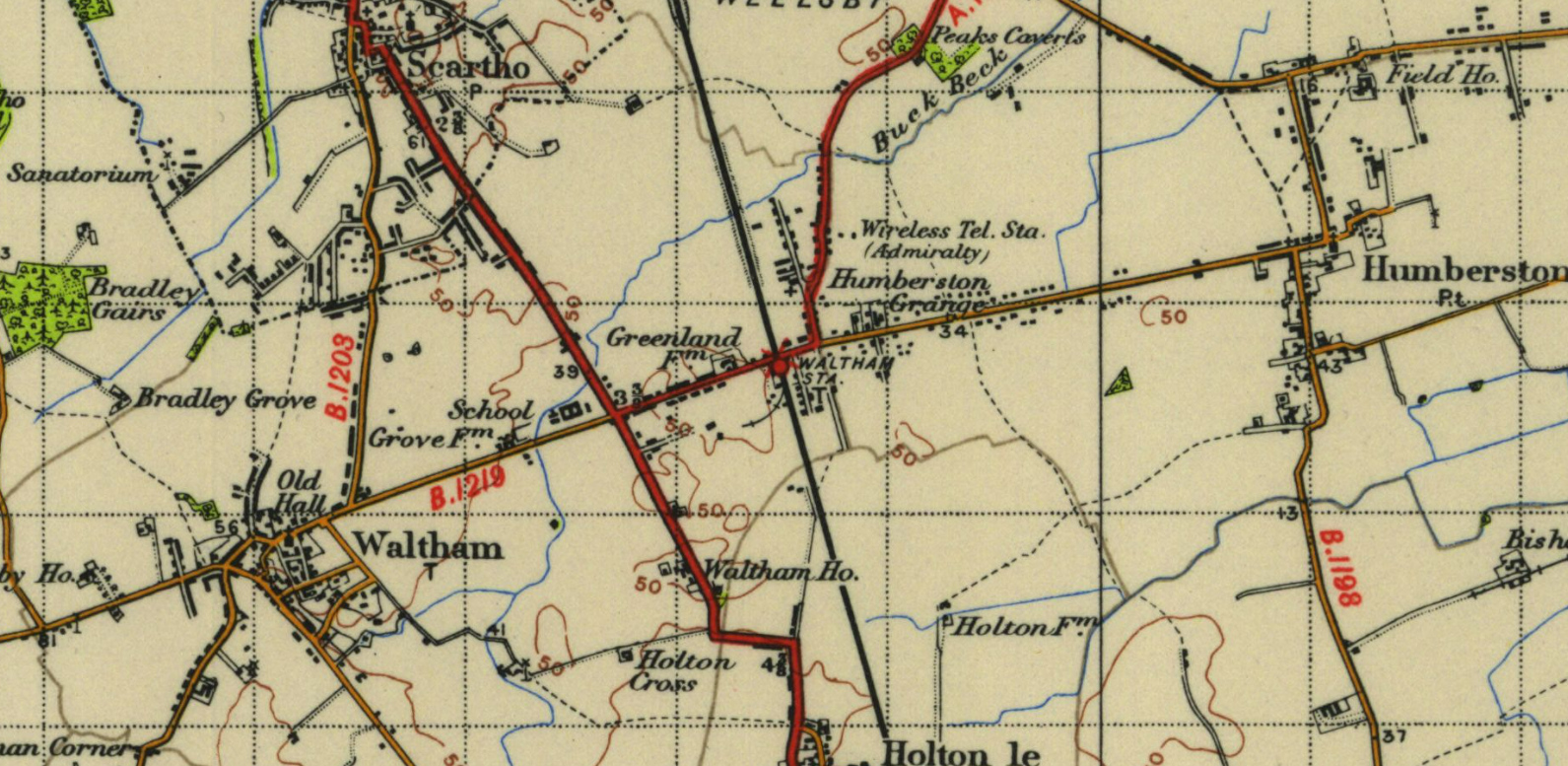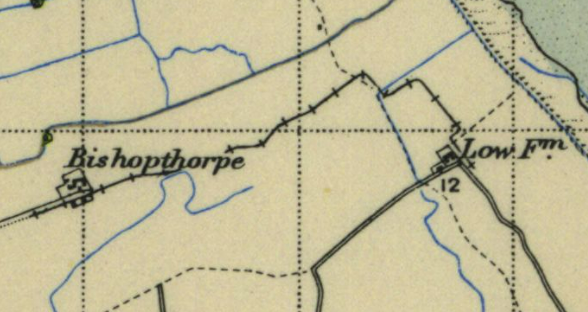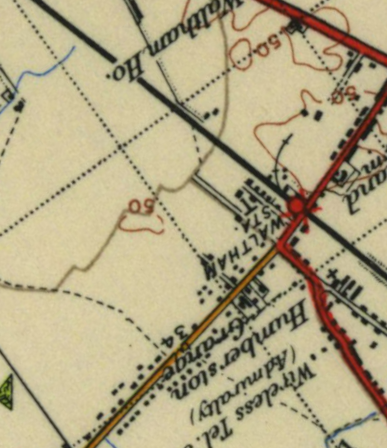On the map, again
Back to an Ordnance Survey anomaly
Back in 2020, I briefly mentioned a map anomaly that I was going to blog about at some point, but was going to wait until I’d done a bit more research on it. Some of that research I did do, but I still haven’t made it as far as the National Archives, which the OS themselves had pointed me towards. Nevertheless, recently some more useful information on it has been released online, so I thought it might be time to come back to it. The map in question is this one, of New Waltham in North East Lincolnshire, which when this map was published in 1947 didn’t even merit its own name on the map.

Reproduced with permission of the National Library of Scotland, as were the extracts below.
What is the anomaly? It’s at the railway station. There’s a little curving siding shown, branching off from the Down side of the line (where the station goods yard was) into a field, with a few buildings either side of it. What’s so curious about this? Well, it doesn’t appear on any other maps. At all. Including maps done shortly before or shortly afterwards. So my question was: was it something real on the ground, or was it just a copyright trap?
There were a couple of potential suggestions of an explanation. One—which I think was originally sent in by one of my old Geography teachers—was that it was a temporary siding connected with RAF Waltham (or RAF Grimsby), a nearby Bomber Command base which, interestingly, also isn’t shown on the 1947 map—it should be just on the bottom edge of that map extract, between Waltham and Holton le Clay. RAF Waltham had opened as a civilian airfield with grass strips in 1933, was briefly called Grimsby Airport at one point, and was requisitioned and given concrete runways in 1940. It closed operationally in 1945 as the hurriedly-installed concrete runways weren’t really up to long-term use, although they’re still very visible on the ground today. So was a railway siding briefly put in to help deliver materials or fuel? Well, maybe, but it’s quite a long way between the railway station and the RAF station, and there’s nothing about it in the one book I’ve seen on the history of the RAF station.
The other suggestion was that it was some sort of agricultural railway, of which there were a lot in Lincolnshire. However, there were a couple of issues with this theory. First, it’s not listed in the standard work on the subject, Lincolnshire Potato Railways by Squires. Squires’ book might not be fully comprehensive, because many Lincolnshire agricultural railways were ephemeral, short-lived things that left little trace on the ground, but it is reasonably thorough. Secondly, on the map, it just doesn’t look like an agricultural railway. This is one, a couple of miles away between Humberston and Tetney Lock.

Note the differences. It’s much longer than the tiny siding at Waltham, and it doesn’t follow nice, smooth curves either. It’s laid out for a horse to pull a small wagon or two, so it’s a series of straight lines and sharp bends, likely following field boundaries.
That was the point I got to back in 2020. However, as I said at the top, something new has come up: Historic England have put their Aerial Photo Explorer online. Its collections include a cartographic-quality aerial survey of England made by the RAF in 1955; and that includes this shot of New Waltham.
On this photo, South-West is at the top, with the railway station on the right-hand side midway up the picture. If I rotate the OS map to roughly match the photo’s orientation, it might be easier to line up.

That map covers a slightly wider area than the photo, but you get the idea. The station goods yard stands out very clearly on the photo with a bright white ground surface. It the siding had existed, it would curved through the goods yard and upwards, roughly following the line you can see between two different types of vegetation. Now, although this photo is from about ten years after the siding would have existed, you can see there’s absolutely no evidence of there having been anything following the line of the railway siding on the map. Nothing at all, really, that matches up with what the map says.
So, well, there you go. Without going to look at the detailed survey records in the National Archives, I have to say I’m pretty much convinced: this railway siding was never really there. It was only ever there as a copyright trap, for the Ordnance Survey to spot as a red flag if they saw it appearing on any other maps of the area, and has likely sat there on the map almost completely unnoticed for seventy years. If any evidence comes in that it was a real feature on the ground, I’ll be very very surprised.

 Home
Home